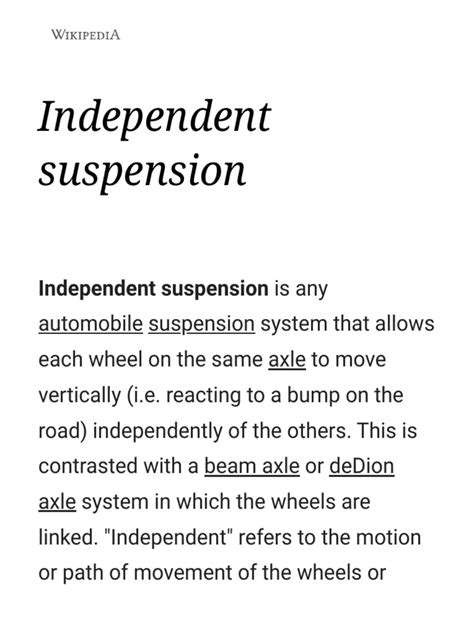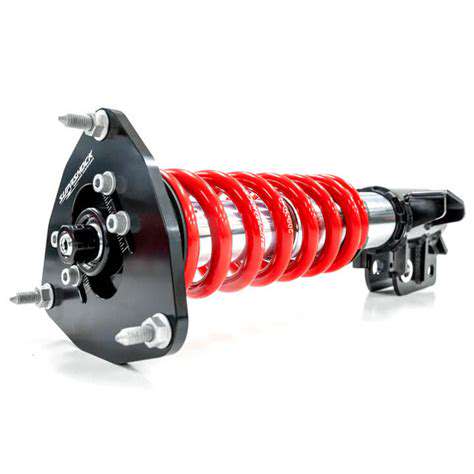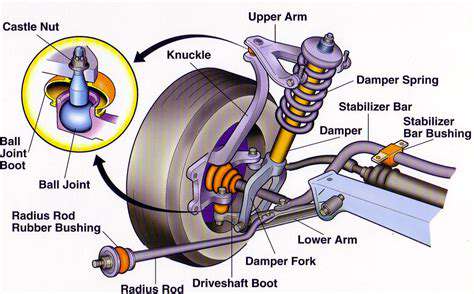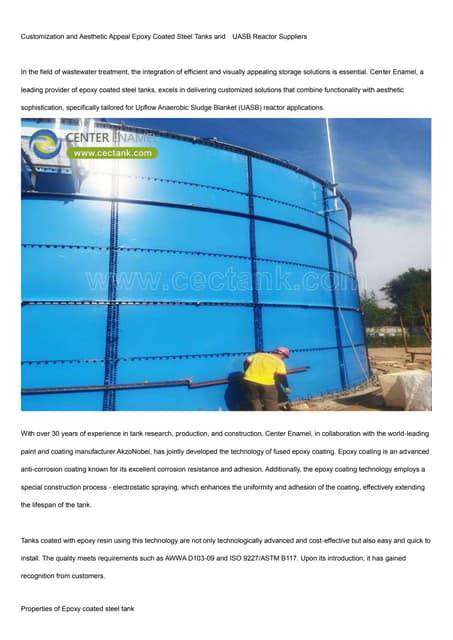Comparing Independent and Dependent Suspensions in Modern Vehicles
A Comprehensive Look at Vehicle Suspension Systems
Understanding Independent Suspension Systems
Independent suspension systems are designed to allow each wheel on the same axle to move independently of the others. This means that when one wheel encounters a bump, the other wheel can respond without being affected by the movement. Such systems enhance ride comfort and handling, making them a popular choice for modern vehicles, especially in performance and luxury cars.
There are several types of independent suspension designs, including double wishbone, multi-link, and MacPherson strut configurations. Each of these designs has its own unique advantages, such as improved wheel alignment and reduced body roll during cornering. The choice of suspension plays a critical role in how a vehicle handles and performs on different road conditions.
The Benefits and Drawbacks of Dependent Suspension Systems
Dependent suspension systems, where the wheels are connected, offer a different set of characteristics. While these systems are often simpler and more robust, they can negatively impact ride comfort. For example, when one wheel hits a pothole, the other wheel feels that same impact, which can lead to a rougher ride, particularly on uneven surfaces.
However, dependent suspensions can be beneficial in certain scenarios, such as heavy-duty vehicles and off-road applications. The increased durability and straightforward design make them well-suited for vehicles that need to handle heavy loads or rugged terrain. Overall, the choice between independent and dependent suspension systems depends on the intended use of the vehicle and the desired balance between comfort and performance.
Independent Suspension: Advantages and Applications

Enhanced Ride Quality and Comfort
One of the primary advantages of independent suspension systems is the enhanced ride quality they provide. These systems allow each wheel to move independently, absorbing shocks and bumps more effectively. As a result, passengers experience a smoother and more comfortable ride, especially on rough terrains. This is particularly beneficial for long-distance travel where comfort is a significant factor in vehicle design.
Moreover, independent suspensions help in reducing the overall noise within the vehicle cabin. By isolating wheel movement, these systems minimize vibrations that can enter the vehicle, creating a quieter ride environment. This acoustical benefit is appealing to both luxury car manufacturers and consumers alike.
The flexibility of independent suspension setups also allows for better tuning of suspension components. Engineers can optimize spring rates and damper settings to suit specific vehicle applications, whether it's a sports car seeking responsiveness or an SUV aimed at off-road capability. This adaptability makes independent suspensions a favored choice across a wide range of vehicle types.
In conclusion, the independent suspension system significantly contributes to ride quality and passenger comfort, establishing its importance in modern vehicle design. The combination of improved comfort, noise reduction, and tuning versatility makes it a preferred solution in the automotive industry.
Improved Handling and Stability
Independent suspensions enhance vehicle handling by allowing each wheel to respond independently to road conditions. This characteristic leads to improved grip and traction, particularly during cornering and high-performance driving scenarios. Drivers often notice increased confidence when navigating turns with independent suspension systems.
Another key advantage is the stability these systems provide during braking and acceleration. With individual wheel control, the vehicle can maintain better contact with the road, preventing wheel lift and enhancing safety. This is especially crucial in situations that require sudden maneuvers or emergency stops.
The design also allows for the adjustment of camber angles on individual wheels, which can optimize tire contact during dynamic movements. This feature is essential for race cars, where precision handling can make a significant difference in lap times and performance. By fine-tuning the suspension settings, manufacturers can create vehicles that perform exceptionally well under various driving conditions.
Overall, the improved handling and stability offered by independent suspensions make them an essential component in modern vehicle engineering. This advantage not only elevates the driving experience but also enhances safety for both drivers and passengers.
Diverse Applications Across Vehicle Types
Independent suspension systems are employed in a variety of vehicle categories, ranging from passenger cars to high-performance sports models and off-road vehicles. Their versatility allows manufacturers to tailor the suspension design to meet specific performance and comfort needs. This adaptability is vital in catering to different market segments.
In the automotive world, luxury vehicles often utilize independent suspensions to enhance the riding experience, focusing on comfort and smoothness. Conversely, sports cars leverage these systems to achieve a perfect balance between agility and performance. This broad applicability showcases the system’s ability to meet diverse requirements effectively.
Even vehicles designed for heavy-duty applications, such as trucks and SUVs, are increasingly adopting independent suspensions to improve ride quality and handling without compromising on load capacity. For off-roading, independent systems can offer enhanced wheel articulation, allowing for better traction on uneven surfaces.
In summary, the diverse applications of independent suspension systems across various types of vehicles highlight their importance in modern automotive design. Their widespread use indicates a growing recognition of the benefits they offer in terms of performance, comfort, and adaptability.
Dependent Suspension: Features and Typical Uses
Understanding Dependent Suspension Systems
Dependent suspension systems are designed so that the movement of one wheel affects the movement of the other wheel on the same axle. This is achieved through a shared axle design, which connects the wheels and allows them to respond to road conditions in a coordinated manner.
One of the key characteristics of dependent suspension is its simplicity and durability. Because the components are fewer and more straightforward, these systems tend to be less prone to failure when compared to more complex independent setups.
However, this simplicity can lead to compromises in ride quality and handling performance, especially when navigating uneven terrain, as the suspension of one wheel can significantly affect the other wheel's ability to absorb shocks.
Common Applications of Dependent Suspensions
Dependent suspension systems are frequently used in heavy-duty vehicles, such as trucks and SUVs, where load stability and durability are paramount. These vehicles benefit from the inherent strength of the design, particularly in off-road conditions where uneven surfaces are common.
Additionally, dependent suspensions are often found in rear axles of commercial vehicles, where they can support significant weight while providing adequate performance. They are not only efficient in load distribution but also allow for straightforward maintenance routines.
In the realm of motorsport, dependent suspensions can sometimes be utilized in specific racing categories, where simplicity and ruggedness are appreciated over the nuanced handling characteristics typically offered by independent designs.
Advantages of Dependent Suspension
One of the primary advantages of dependent suspension is its ability to maintain stability under heavy loads. The interconnected design helps in distributing weight effectively, which is crucial for vehicles that tow trailers or carry heavy payloads.
Another advantage is the low manufacturing cost associated with dependent suspension systems. With fewer components and simpler construction, these systems are cheaper to produce and easier to replace if necessary, making them an economical choice for manufacturers.
Moreover, dependent suspensions often result in a lower overall vehicle height, which can enhance aerodynamics. This is particularly beneficial for vehicles designed for efficiency and fuel economy.
Disadvantages of Dependent Suspension Systems
While dependent suspension systems have their advantages, they are not without drawbacks. One major disadvantage is compromised ride comfort, especially when driving over bumps or potholes. The linked design means that the impact on one wheel can disrupt the other, leading to a jarring ride.
Furthermore, the handling characteristics of vehicles with dependent suspension can be less predictable. The interconnected movement may lead to a feeling of instability during sharp turns or sudden maneuvers, which may not be ideal for performance-oriented drivers.
Lastly, dependent suspension systems typically offer less adjustability than independent systems. This lack of versatility can make it challenging to fine-tune the vehicle’s suspension settings for specific performance needs or preferences, limiting adaptability for diverse driving conditions.
Choosing the Right Suspension for Your Needs

Understanding Independent Suspension Systems
Independent suspension systems allow each wheel to move independently of the others. This design reduces the impact of road irregularities on the vehicle's handling and comfort, making it a popular choice for modern cars.
One of the most significant advantages of independent suspensions is their ability to maintain better tire contact with the road. This results in improved traction and stability, especially during cornering. Additionally, independent suspensions contribute to a smoother ride by absorbing shocks more effectively.
Exploring Dependent Suspension Systems
Dependent suspension systems, on the other hand, link the wheels together. When one wheel encounters a bump, the other wheel is affected, which can lead to a less comfortable ride.
While dependent suspensions are simpler and often more cost-effective, they may not perform as well as independent systems in high-performance scenarios. This can make them less desirable for sports cars but suitable for utility vehicles or less demanding applications.
Factors to Consider When Choosing a Suspension
When selecting a suspension type, consider how you plan to use your vehicle. For sporty driving and off-roading, an independent suspension may offer superior handling and comfort.
On the other hand, if you prioritize durability and cost-effectiveness for towing or heavy-duty work, a dependent suspension might be the ideal solution. Analyzing your needs thoroughly will ensure you make the best choice for your vehicle.



